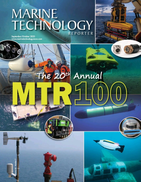NOC: Natural Disasters Responsible for 25% of Subsea Cable Damage
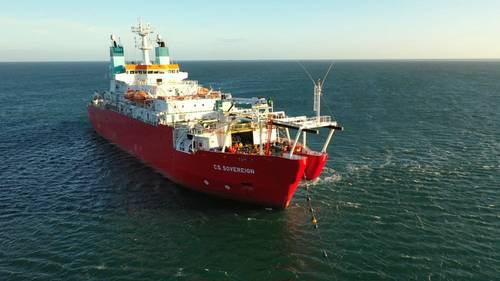
A study led by the UK’s National Oceanography Centre (NOC) has found that natural hazards account for around a quarter of all recorded instances of subsea cable damage between 1965 and 2019. Credit: NOC
A study led by the UK’s National Oceanography Centre (NOC) has found that natural hazards account for around a quarter of all recorded instances of subsea cable damage between 1965 and 2019, posing a threat to the growing infrastructure underpinning global connectivity.
While human activities like fishing and anchoring remain the primary causes of damage, the study warns that climate change is intensifying many natural hazards, increasing risks to these vital networks.
The threats from natural hazards range from earthquakes and submarine landslides to powerful underwater currents triggered by river floods.
“These events can damage cables, bury them under sediment, or render them inoperable,” said Dr. Isobel Yeo, a researcher at NOC and co-lead on the project. “With climate change driving more extreme weather, rising sea levels and sediment-laden river discharges, the frequency and severity of these hazards are expected to grow, amplifying the challenges of maintaining resilient subsea infrastructure.”
The vulnerabilities were starkly illustrated by the 2022 Hunga Volcano eruption in Tonga. Underwater density currents generated by the eruption destroyed Tonga’s sole international cable, isolating the nation for weeks and severely hindering emergency response efforts.
Similarly, powerful turbidity currents in the Congo Canyon, driven by record-breaking floods, have repeatedly damaged cables, disrupting internet services across West Africa.
To mitigate these risks, the researchers advocate for improved cable routing, enhanced repair readiness and investment in complementary technologies such as satellite backups. Initiatives like Seabed 2030, which aims to map the entire ocean floor by 2030, are also critical for identifying potential hazards and guiding safer infrastructure development.
With the increasing interconnectedness of the modern world, safeguarding subsea cables against mounting natural and climate-driven challenges is essential to maintaining global connectivity and economic stability.
The study was conducted in partnership with the National Grid (UK), Victoria University of Wellington (Aotearoa, New Zealand), the Departments of Earth Science and Geography at Durham University (UK), Ocean-IQ (UK), Tonga Cable Limited (Tonga), and the International Cable Protection Committee (ICPC).


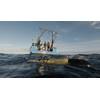

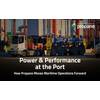

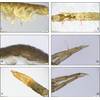





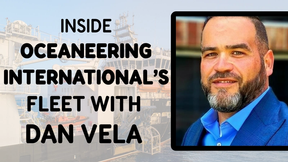
 August 2025
August 2025


